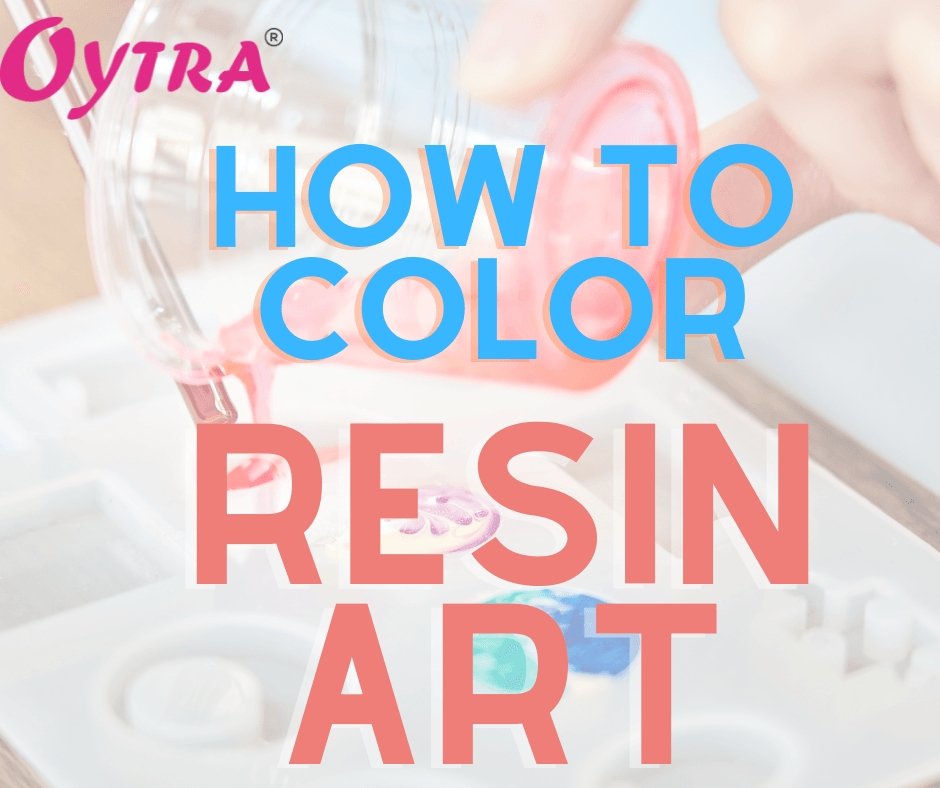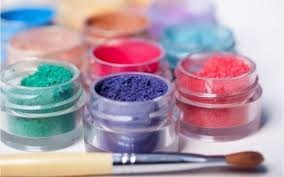
How to Color Art Resin
Share
How to Color Art Resin

Why Has Resin Art Recently Become So Admired?
Resin art has expanded a lot in popularity in western countries earlier than thought. It took a much time to reach us. So, this style is not anything new, but it has earned a lot of fame due to social media, which it certainly justifies.
Many famous artists have discovered and had a mastery over resin art on diverse social media stages. It has made a diversity of stunning results in the shape of art. Personal excellence creates this art well admired to have resourceful uses. It can be utilized as wall art or even on crockery or different ornaments such as pendants, earrings, bracelets, and many more.

What Are The Different Paints That Can Be Used To Color Art Resin?
We can use many colors but should not use all the mediums available in the market as these all colors are not suitable for the Resin Colouring. First of all, we should be aware that if the mixing ratio of the chosen color has oil or water, the resin changes automatically. These all things are to be kept in mind before coloring the raisin as it can get damaged or some dull spots can appear on it or even sometimes it remains soft and does not get harden fully As all of the colors are not having enough resistance to light.

Different Kinds Of Colors That Can Be Used For Art Resin :
- Colour Pigments for Art Resin: The coloring of Art resin becomes very easy with the use of color pigments. In calculation, this alternative is very cheap, as only a small quantity of high-quality pigments are required to color the resin. The color pigments are available in powder form Frequently. As these often do not melt completely in the resin, some slight granular effects can be formed.
- Liquid Dye for Art Resin: One can find many sources of color medium which are mainly developed for functioning with art resin. These medium are known as Resin Dye, and these are readily available in liquid or paste form. At Oytra, these dyes are available at a very nominal price.
- Special Epoxy Dye: As pointed out above, their paints are epoxy dye specially created to be used along with the epoxy resin.
- Airbrush Paint: It is even beneficial to be used with resin. With this medium, One can be assured that the paint attention restricted in the product is adequately high. This is the case with advanced quality paints. Oytra is supplying such brushes, which are very well confirmed for working with Art resin.
- Alcohol Ink: This color medium is very productive because the ink has high pigmentation and concentration. Just a few drops are total to color synthetic resin. It applies to water-based solvents and alcohol inks.
There are some demerits also of the ink as a media of the color. That is, It is not primarily light-resistant. Sometimes it is even inappropriate for workpieces regularly shown to UV light.

The Basic Things Needed To Color Art Resin
While working with epoxy, the time issue is critical, as the resin treats very rapidly during use. Therefore, One should have all essential materials ready with them at their place of work.
- Guard your workplace against probable splashes: While working, there might be some chances of color splashes, so always be aware of that, e.g., plastic canvas.
- The safety of your health comes prior. Always wear defensive goggles, a breathing mask, and nitrile gloves while painting Art Resin.
- Mix resin before and then hardener carefully in the mixing ratio, which the manufacturer suggests: Once we are done with the mixing of the two components cautiously, now next is to add the paint. Include a tiny amount of paint concentrate or pigments in the mixture and blend well. Replicate this procedure until the desired shade achievement.
- Remember not to pressure the mixing ratio unenthusiastically and impair the hardening. The proportion of the color should not go beyond 5%.

Tips And Illusions Used While Coloring The Art Resin
The selected colors should be concentrated or extremely pigmented to modify the mixing ratio as modest as achievable.
One should never forget to mix a minute amount of both of the components to observe the consequence for testing whether the color and its reaction with the resin can fulfill our expectations or not.
Always aim to obtain a feeling for the qualities of the pure epoxy resin and its treatment. Identify how the resin reacts when it is uncolored it is straightforward to guess how it will respond in mixture with the medium of the color.
The paints we are going to use should not have water, and otherwise, it can have a very harmful effect on the mixing ratio of the resin and hardener.
When choosing the color, we have to be very specific to be adequately lightfast. Let’s make a workpiece that is made of transparent epoxy resin. It will be barely visible if the resin changes to pale over time because of the pressure of UV radiation; the disappearing of the color tone will be visible obviously.

4 comments
TujFXZHNOSna
taDebJkxX
Your blog is well-written. I came across a workshop where we can learn this in a practical manner.
If anyone is interested they can check out this website: https://www.penkraft.in/
The resin art workshop link: https://www.penkraft.in/WorkshopDetails/index?id=947
https://www.penkraft.in/WorkshopDetails/index?id=955
One is on 2nd feb and the other one is on 23th feb.
very informative. I appreciate your piece of content. I myself love resins and its product. So I purchased Resin art wall clock from penkraft and believe me i received such a good quality product . I am giving the link below hope it will be helpful.
https://gifts.penkraft.in/Product-Details/PK-G-CLOCK-04/Elegant-Wall-Clock-hand-painted-with-an-original-Resin-Art-design/191